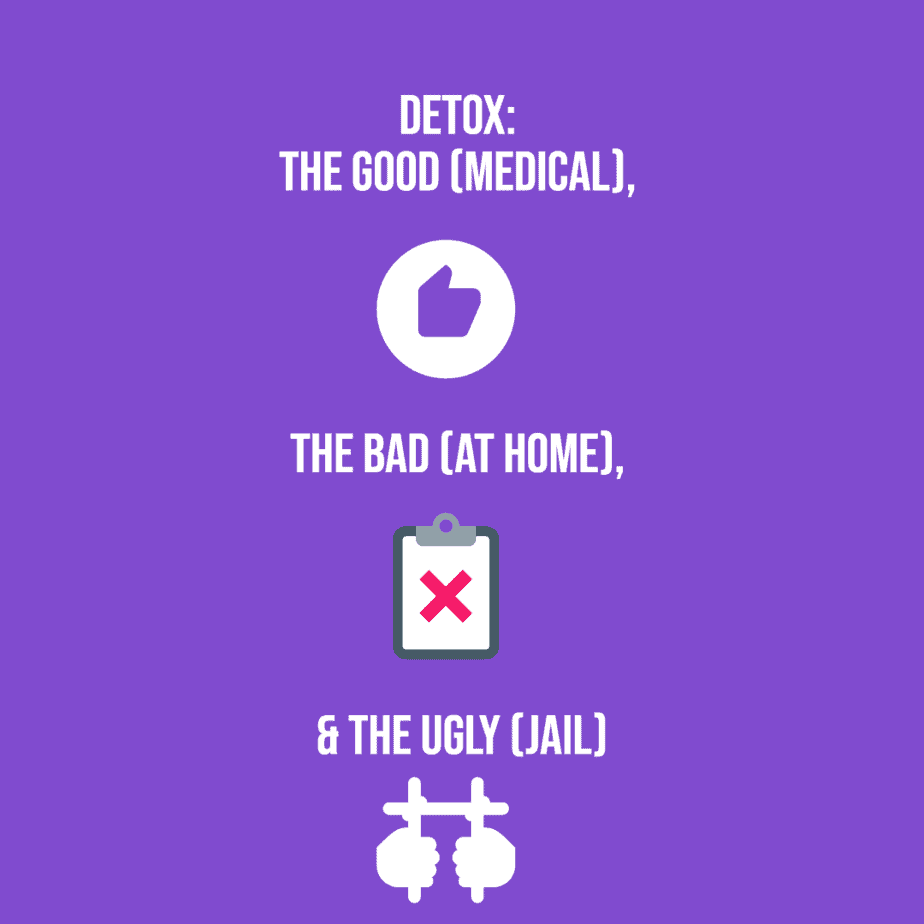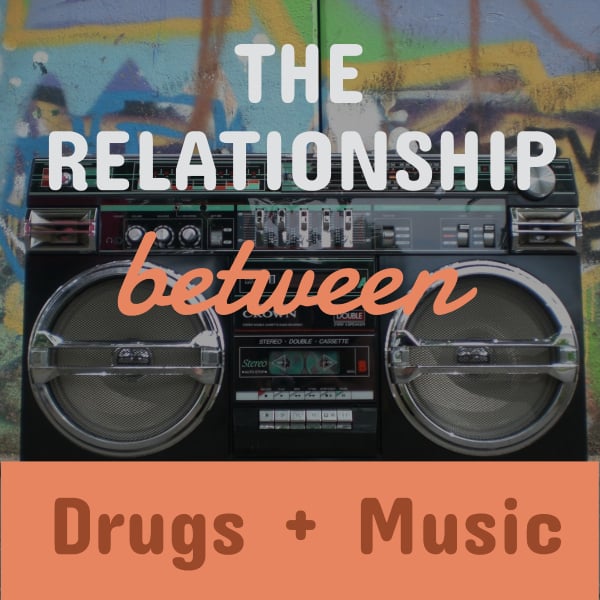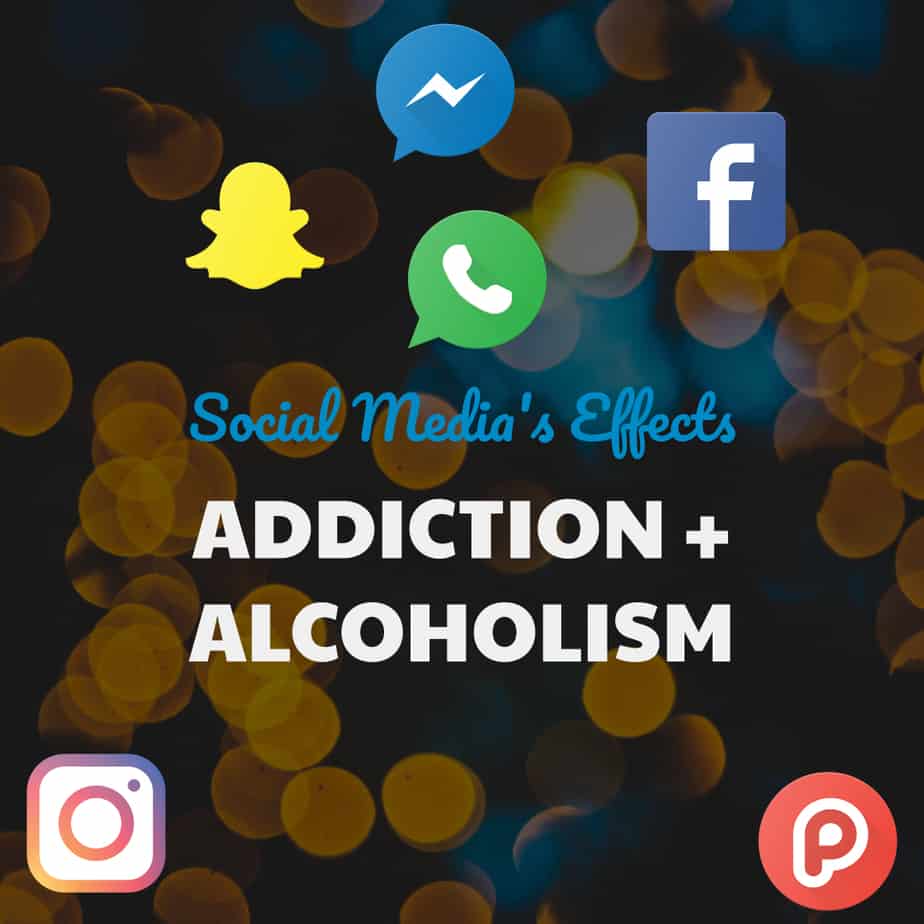According to a recent study, over 20 million Americans suffer from addiction, but the percentage that receive treatment for it caps out at only 10%. This can often be attributed to economic and social disadvantages that can prevent someone from getting help. However, even the idea of drug detox is often too scary for many people to imagine.
There’s no doubt that a successful drug detox is the beginning of a new, better life for many people who suffer from drug addiction. Sadly, the withdrawal symptoms from common drugs, particularly opioids and benzos, can be quite severe and last anywhere from weeks to months. While the prospect of detox can be overwhelming, it should be noted that for those who suffer from addiction, it is the best decision one can make for themselves.
The success rates of drug and alcohol detox will vary highly, depending on which route you take. This article will walk you through the three most common types of drug detox and how they differ from each other.
What is At Home Detox?
As the name indicates, many people choose to go through their detoxification process at home, usually without professional medical assistance. Some people might choose to go this route due to lack of financial aid, or simply a flawed perspective that detox is easier than it seems and doesn’t require outside help.
At home detox often promotes several “natural” remedies, such as detox drinks, fasting, herbal supplements, and more. Some methods also include using over the counter medications. Arguably, some of these methods can be applied successfully when it comes to rare cases of mild drug addiction without physical dependence.
However, most cases of drug addiction treatment call for more serious measures than at home drug detox can provide. The prospect of it can be tempting, but is widely regarded to be a dangerous choice by addiction experts. By detoxing at home without medical assistance, you can risk your addiction recovery becoming fatal. Some of the complications involved can include:
- Higher chance of relapse
- High chance of overdose
- Fatal results from withdrawal symptoms
- Mental health issues
What is Detox in Jail?
Going through drug detox in jail is a reality that many Americans have gone through, often with widely varied results. The opioid health crisis currently plaguing the United States has turned many incarceration centers into rehabs. Some jails offer medically supervised detox for those who are suffering from drug addiction while in jail, but this isn’t something that’s available in all of them.
The relationship between criminal activity and drug addiction has been widely studied in the United States and worldwide. Not only does substance abuse often lead to users committing crimes, but many victims of drug abuse use criminal activity as their main method of obtaining drugs or the money to purchase them. Additionally, one can become involved in a crime lifestyle without suffering from substance abuse, but will ultimately be led down that path due to the connection between the two.
Detoxing in jail can provide a multitude of outcomes. In one article by Vice, we learn about a woman named Beth Thompson who describes her horrifying experience being arrested for forgery and put in a San Antonio jail that, like many U.S centers, did not provide proper medical treatment for those suffering from drug addiction. Thompson went through her detox in jail cornered into an enclosed space with dozens of other inmates, all of them experiencing severe physical withdrawal.
During her stay, the only medical assistance she received was the administration of a blood pressure medication used to help with some cases of detox from drugs – however, this was far from the full amount of professional help recommended by experts to safely and successfully go through a drug detox.
While Thompson maintained sobriety for many months after her detox in jail, she admits that she ended up relapsing shortly thereafter. She only managed to successfully recover from her addiction after seeking treatment through a medically supervised detox method.
Thompson’s unsettling story of detoxing in jail mirrors many people’s experience, the only difference being that the ending is usually not so happy. Detox in jail can often become fatal, and due to the lack of resources currently provided by most U.S detention centers, experts consider this to be one of the most dangerous ways to go through drug detox.
What is Medical Detox?
Medical detox refers to the process of medically assisted drug detoxification, usually done as part of a rehab facility program, supervised by trained health professionals. These medical professionals will usually include doctors and nurses who specialize in drug addiction and help substance abuse victims manage the physical symptoms of withdrawal with the least amount of pain and suffering, administering appropriate medications and supervision.
Additionally, medical detox will often include psychiatric and/or psychological care for patients, to monitor their mental health during the detox. People often choose to go for medical detox due to its high success rates and recommendations by experts. Medical detox is widely regarded to be the safest way to recover from drug addiction, particularly when it comes to common hard drugs such as opioids.
There are two main types of medical detox: inpatient and outpatient treatment.
Inpatient Treatment
Inpatient rehabilitation provides a detox program that is intensive, full time and residential. This means patients will stay at a rehab facility with 24/7 supervision, professional care and support offered to them at all times.
The amount of time a drug abuse victim will stay at an inpatient rehab facility will depend on their personal needs, what substance they are addicted to, and the severity of their addiction. Usually, the first step of admission to inpatient treatment would be a consultation with rehab center professionals in order to determine what best fits their unique situation.
The benefits of inpatient detox include, but are not limited to, the following:
- Inpatient treatment often has a higher success rate than outpatient treatment, depending on the rehab facility.
- Inpatient detox patients will receive around the clock, 24 hour medical assistance, including professional support for all physical, emotional and mental effects of recovery.
- Inpatient rehab can sometimes provide a faster experience than outpatient rehab, with average inpatient facility stays usually ranging from just under a month to six months.
- Inpatient detox is best for those who suffer from severe addictions to common but serious substances with heavy physical dependence, as opposed to mild cases of addiction.
- Inpatient detox is hyper intensive, allowing patients to dedicate time to focusing only on recovering from their addiction and successfully completing detox, with no other distractions.
Outpatient Treatment
Outpatient detox is done as part of a part-time rehab program, meaning the patient can continue with their previous essential daily life activities, typically referring to work and school responsibilities. This type of treatment program is best for those who have social responsibilities that they cannot drop in order to focus on their detoxification.
Outpatient detox can take place outside of a rehab facility, but still provides extensive medical treatment by health professionals, a required asset for the success and safety of detox. A patient going through this type of detox will typically live at home or otherwise outside of the rehab facility, but will visit the facility to receive treatment, such as therapy, medical assistance and support group meetings.
It should be noted that outpatient treatment is only allowed for certain cases of drug addiction and is not the ideal recommendation when it comes to choosing medical detox, as they have a reported lower success rate.
Some of the benefits of outpatient treatment as opposed to inpatient rehab includes:
- Outpatient treatment is generally more affordable than inpatient rehab, due to its part time program status.
- Patients going through outpatient detox enjoy the freedom of being able to continue some or most of their usual daily life routines.
- Outpatient detox patients have access to their previous social circle support as well as the newly added support of their rehab program.
- Outpatient treatment is best recommended for those substance users with more mild cases of addiction that do not need 24/7 supervision.
- While still being more affordable, long-term care is common with outpatient detox, with programs typically lasting anywhere from a few months to a year.
What Type of Drug Detox is Right For You?
It should be noted that every person and each case of substance addiction is unique, and outcomes will vary widely no matter which type of drug detox is chosen. However, it can be agreed upon by most health professionals that medical detox has always been the safest and most efficient method for drug addiction recovery.
For many common drugs such as heroin, medical detox utilizes treatment with methadone and buprenorphine, which maintains a success rate of over 70% according to a study by John Hopkins University. The differences between outpatient and inpatient detox should also be noted, with outpatient treatment having 30% lower success rate than inpatient programs.
These high success rates are incomparable to the dangers and downsides of having to detox at home or in a detention center. Ultimately, your choice in drug detox methods should provide the safest and most comfortable experience possible as you manage recovery.




